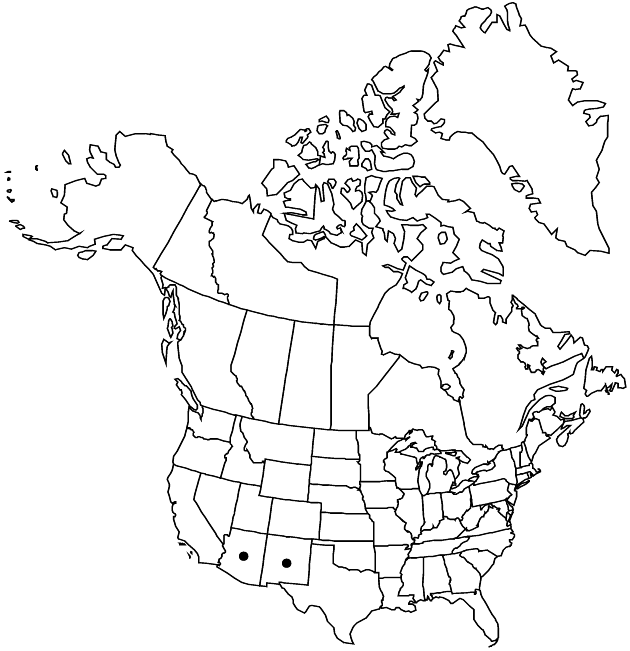Difference between revisions of "Bidens lemmonii"
in A. Gray et al., Syn. Fl. N. Amer. 1(2): 297. 1884.
FNA>Volume Importer |
imported>Volume Importer |
||
| (5 intermediate revisions by 2 users not shown) | |||
| Line 1: | Line 1: | ||
{{Treatment/ID | {{Treatment/ID | ||
|accepted_name=Bidens lemmonii | |accepted_name=Bidens lemmonii | ||
| − | |accepted_authority=A. Gray | + | |accepted_authority=A. Gray |
|publications={{Treatment/Publication | |publications={{Treatment/Publication | ||
|title=in A. Gray et al., Syn. Fl. N. Amer. | |title=in A. Gray et al., Syn. Fl. N. Amer. | ||
| Line 31: | Line 31: | ||
-->{{#Taxon: | -->{{#Taxon: | ||
name=Bidens lemmonii | name=Bidens lemmonii | ||
| − | + | |authority=A. Gray | |
| − | |authority=A. Gray | ||
|rank=species | |rank=species | ||
|parent rank=genus | |parent rank=genus | ||
| Line 46: | Line 45: | ||
|publication year=1884 | |publication year=1884 | ||
|special status= | |special status= | ||
| − | |source xml=https:// | + | |source xml=https://bitbucket.org/aafc-mbb/fna-data-curation/src/2e0870ddd59836b60bcf96646a41e87ea5a5943a/coarse_grained_fna_xml/V19-20-21/V21_507.xml |
|tribe=Asteraceae tribe Heliantheae | |tribe=Asteraceae tribe Heliantheae | ||
|subtribe=Asteraceae (tribe Heliantheae) subtribe Coreopsidinae | |subtribe=Asteraceae (tribe Heliantheae) subtribe Coreopsidinae | ||
Latest revision as of 20:12, 5 November 2020
Annuals, (10–)15–25(–30+) cm. Leaves: petioles 10–20 mm; blades either oblanceolate to linear, 5–15+ × 1–2+ mm, or rounded-deltate overall, 10–25(–60+) × 15–25+ mm, (1–)2–3-pinnatisect, ultimate lobes oblanceolate to spatulate or linear, 5–15+ × 0.5–5 mm, bases ± cuneate, ultimate margins entire, sometimes ciliolate, apices obtuse to acute, faces glabrous. Heads usually borne singly, sometimes in open, ± corymbiform arrays. Peduncles 10–20(–90) mm. Calyculi of (1–)3–4 appressed to spreading, spatulate to linear bractlets or bracts 3–10(–25+) mm (sometimes foliaceous: pinnate, lobes 3–5+, linear), margins ciliolate, abaxial faces usually glabrous, sometimes sparsely hispidulous. Involucres ± campanulate to cylindric, 2–3(–8) × 2(–3)[–4] mm. Phyllaries (3–)5, oblong to lanceolate orlinear, (2–)3–8 mm. Ray florets 0 or 1(–3+); laminae whitish, 1–1.5(–3+) mm. Disc florets (3–)5–9; corollas whitish to yellowish, 2–2.5 mm. Cypselae: outer red-brown (sometimes with lighter blotches), ± equally 4-angled, linear-fusiform, 5–6(–8) mm, margins not ciliate, apices ± attenuate, faces 2-grooved, usually glabrous; inner similar, 10–14 mm; pappi of 2–3 erect, retrorsely barbed awns 1–2(–3) mm.
Phenology: Flowering Sep–Oct.
Habitat: Wettish spots on rocky slopes
Elevation: 1400–2100 m
Distribution

Ariz., N.Mex., Mexico.
Discussion
Selected References
None.